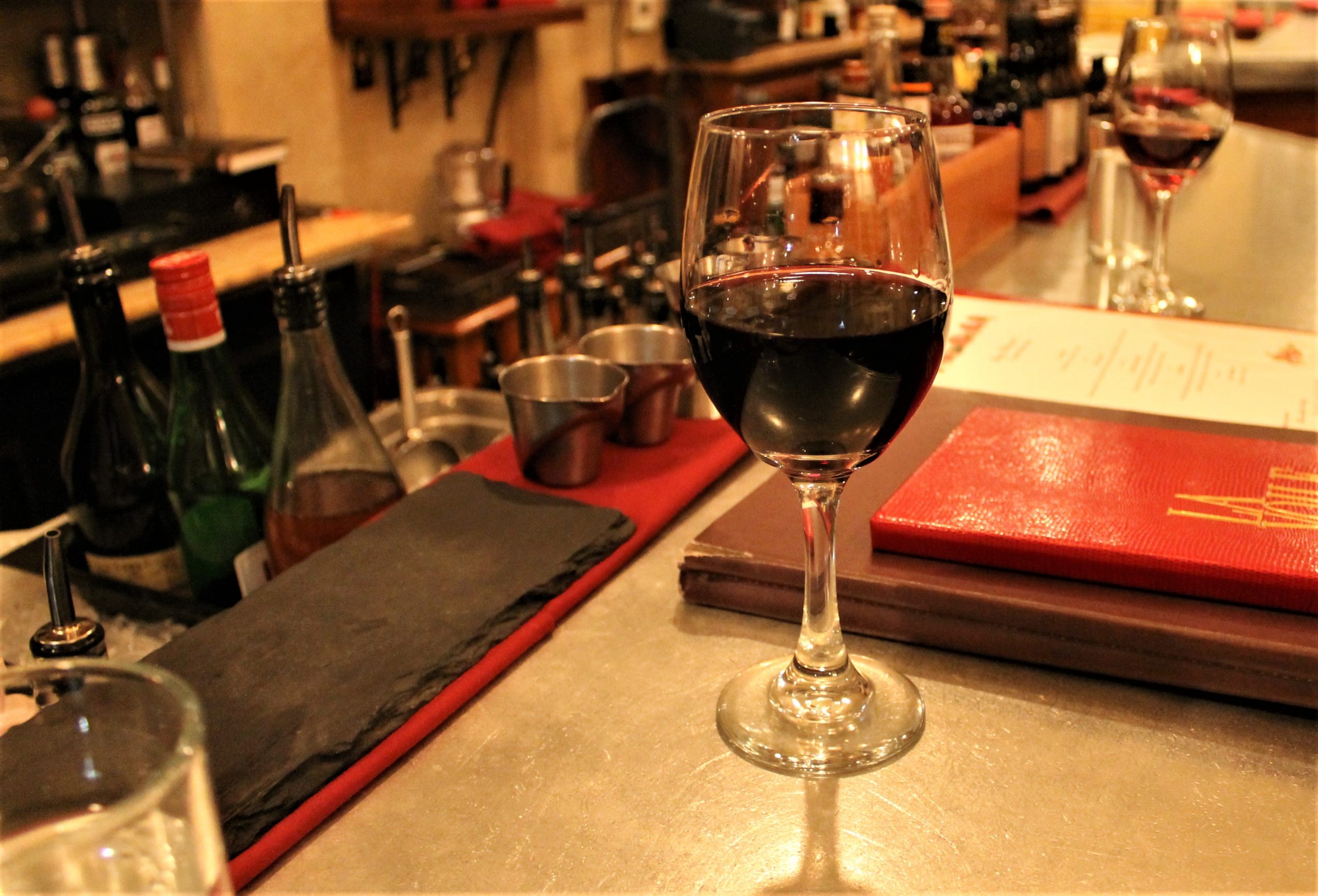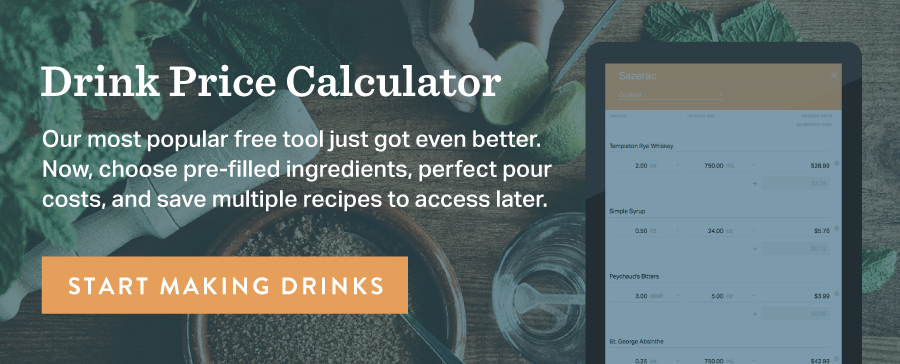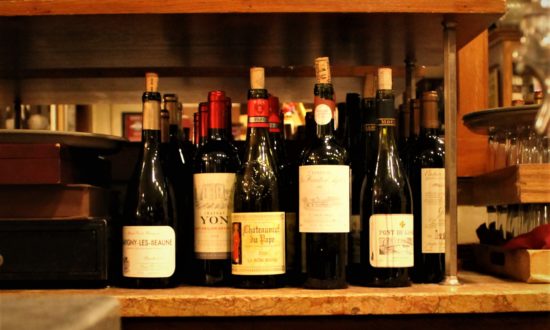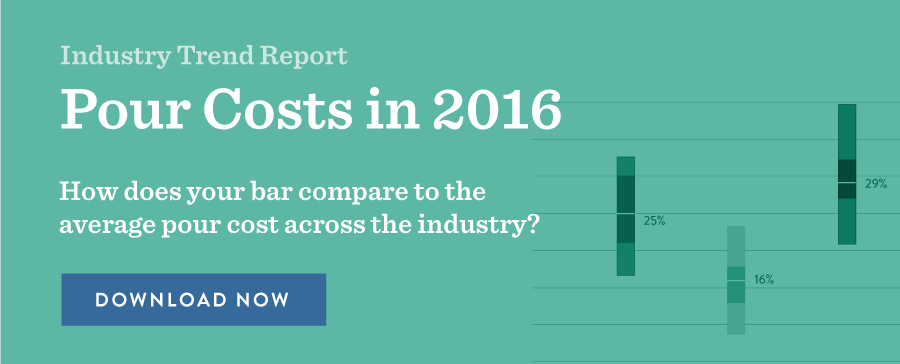


Probably California, New York, and Washington (or maybe Oregon depending on your affinity for a different style of pinot noir)—all states with notable, and numerous, wine growers and producers. That just makes sense, right?
What would you think if I said you were off—and I mean way off. According to a 2014 survey by the Beverage Information Group, three New England states hold the top spots in wine consumption per capita: New Hampshire at 19.6 liters per capita (~15 bottles per year), Vermont at 17.5 liters, and Massachusetts at 16.9 liters (compared to the national average of 10.7 liters according to The Wine Institute). Meanwhile, every New England state sits in the bottom half list of number of total wineries.
At a time when locality and terroir dominate conversations and practices in the food and beverage industry, these statistics are an anomaly, a veritable disregarding of popular epicurean sensibilities. Or perhaps they’re not. Perhaps there is another tradition playing out in New England that exists outside of the gastronome’s focus on “taste of place,” without entirely subverting it. Whatever that may be, it’s worth investigating why New Englanders are downing bottles at a bacchanal rate.
Part of this is resultant from the culture of drinking in the region. New Hampshire and Vermont both fall in the top 5 for alcohol consumption per capita as well, according to another 2014 report. Curiously, however, while these states are atop the list in the wine category, they fall closer to national average consumption for beer and spirits. If we can paint a more accurate picture of the individuals and communities driving the wine craze.

Full disclosure, it’s unlikely that all of the wine being consumed is fine wine. Many a time have I stocked up on Franzia at one of New Hampshire’s massive discount state liquor barns en route to a rafting trip down the Saco River; and I’m not the only one. Realistically, the market for cheaper wines is a contributing factor. But, as these bottles are distributed across the nation, their easy access alone doesn’t account for the findings in these studies.
Consider some of the more densely populated cities and towns of New England that inevitably bolster these numbers. These places are often regarded as hubs of various industries—tech, medicine, education, service, etc. This, in a sense, makes it a perfect climate for more sophisticated wine drinking.
“The high density of universities and colleges in our area and a national movement to more wine education (including its health benefits) have contributed to the younger generation’s desire to consume more wine.”
Tom Difilippo, co-owner of Spinning Jig, a new wine distributing company that specializes in upscale, small production vintages, suggests that, “the high density of universities and colleges in our area and a national movement to more wine education (including its health benefits) have contributed to the younger generation’s desire to consume more wine.” Hence Boston’s many wine studies programs and its hospitals’ research on wine drinking.

Rory Caviness, the bar manager of La Voile, a quaint French bistro in the Cannes tradition, sees another source of inspiration, viewing “the Northeast as the most European part of the country. It is part of their views and culture, their custom—they grow up with the family at a dinner table with wine.” Accordingly, access to a variety of reds, whites, sparkling, and other iterations continues to expand with the opening of wine bars and restaurants like La Voile, that include wine-drinking as a major part of the epicurean experience.
“…the Northeast [is] the most European part of the country. It is part of their views and culture, their custom—they grow up with the family at a dinner table with wine.”
Combining these global visions with a taste for education and a diversity of industry excellence, we can surmise that knowledgeable and curious consumers, with a fine eye on craft, do their fair share to contribute to New England’s high rate of wine consumption.
All this considered, the region’s relatively small share in the wine production industry remains a conundrum within this larger mystery of wine drinking. Harvests here are short and low-yield. Seasons, generally speaking, are temperamental. As a result, many farmers turn to making alternative wine-like beverages such as apple, cranberry, and blueberry “wines” by subjecting more hearty regional fruits to a similar fermentation process. Sure, wineries in New York state are close, and the budding vineyard proliferation in the mid-Atlantic coast is only a few hours’ drive away, but that’s hardly an explanation.
What New England does have is a growing number of wine distributors. Some, like the Winebow Group, boast multiple collections at their Somerville-based facility (one of many across the nation) to accommodate a variety of buyers. Others, says DiFillipo of Spinning Jig, focus on developing smaller, handpicked, and esoteric portfolios to “get [their] product out to those clients that seek out alternate options to the masses of wine produced.” Furthermore, thanks to the Supreme Court repealing of Granholm v. Heald, consumers can now buy direct from wineries, giving the area even better access to producers from Europe, the West Coast, and beyond.
These factors point towards a gainful conclusion: that New Englanders consume so much wine, in part, because they are so interested in knowing wine, to be a major part of a global industry otherwise isolated from them by climatic restraints. Consumers and providers all have a heavy hand in this process. Individuals create the demand for both volume and quantity while distributors and sommeliers enlighten patrons to new products with their extensive offerings.
The good news for restaurant and bar owners in the area is that it’s hard to go wrong when curating a wine list that meets the needs of potential guests. Certainly you’ll want to make sure that what you offer is in league with other items on your menus. Additionally, take advantage of the freedom you have to diversify your offerings, as wine is one of the few things at your restaurant that benefits in coming from afar. In New England there’s a broad spectrum of wine drinkers, countless places to buy it, and, without a doubt, all of that wine wants drinking!

